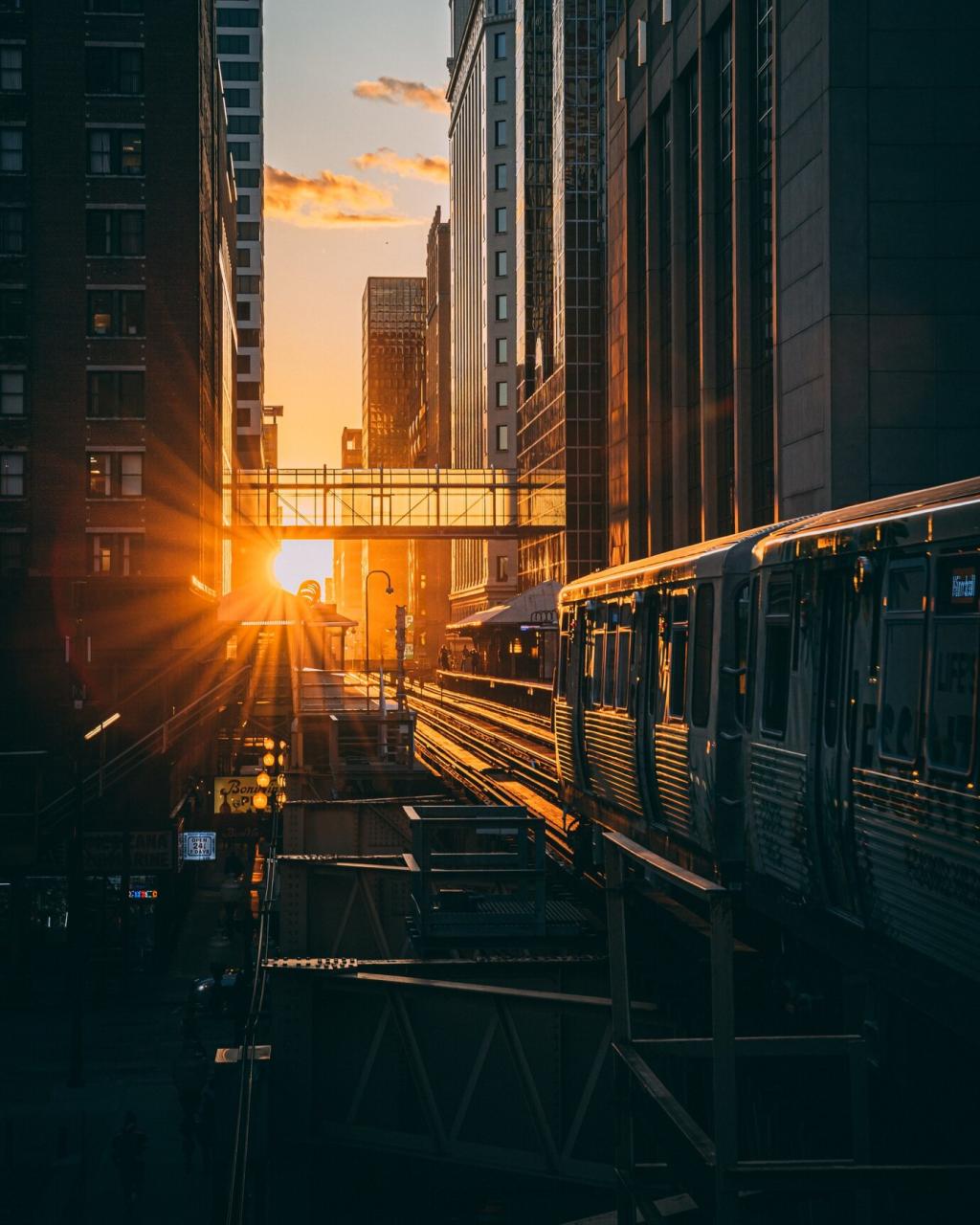Discover innovative approaches and sustainable strategies to transform urban living spaces into lush, functional, and eco-friendly environments. Smart landscaping for city dwellers combines creativity, practicality, and technology, offering a way to maximize greenery and well-being even in the smallest metropolitan settings. This guide explores adaptable solutions and ideas that bring nature closer to urban homes, apartments, and community spaces.
Vertical Gardens and Living Walls
Vertical gardens offer a perfect solution for those with minimal horizontal space. By installing panels, trellises, or modular living wall systems, city dwellers can add layers of greenery to their indoor or outdoor walls. These systems can range from simple pocket planters to technologically advanced hydroponic installations. Vertical landscapes not only provide visual interest and privacy but also contribute significantly to improving air quality. Maintenance can be relatively simple, especially with automated watering solutions. Choosing the right plants—often low-maintenance, shade-tolerant varieties—is crucial for vertical gardening success in a dense urban environment.
Container Gardening for Flexibility
Container gardening empowers urban residents to cultivate plants in just about any location, from balconies to rooftops and even sunny windowsills. Containers range in size and style, providing flexibility to experiment with flowers, herbs, vegetables, and even small fruit trees. Mobility is a key advantage; pots can be moved with the seasons to chase sunlight or adapt to changing weather. Container gardens can be easily refreshed with new plants, and soil quality is easier to control compared to ground planting. Proper drainage and plant selection are important for thriving container arrangements, especially in environments subject to rapid temperature fluctuations.
Rooftop and Balcony Transformations
Rooftops and balconies offer untapped potential for urban landscaping. With careful design, these spaces can be converted into vibrant retreats featuring seating areas, planters, and even compact lawns. Wind and sun exposure are factors to consider, as rooftops can experience harsher conditions than ground-level yards. Urban gardeners can mitigate these effects with windbreaks, shade structures, and by selecting resilient, drought-tolerant plants. Incorporating multi-functional furniture and lightweight, durable materials ensures that rooftop or balcony landscapes remain practical, enjoyable, and easy to maintain.
Previous slide
Next slide

Sustainable Landscaping Practices
Efficient Water Management
Water is a precious resource, especially in city environments with irregular rainfall and high demand. Smart landscaping solutions include drip irrigation systems, moisture-retaining soil amendments, and rainwater harvesting setups. Drought-resistant plants and mulching further reduce the need for frequent watering. Many modern irrigation controllers are equipped with sensors and timers that optimize water delivery based on weather conditions or soil moisture levels. These approaches not only conserve water but also lower maintenance efforts and operating costs over time. Creating efficient drainage pathways ensures that excess water does not collect, further supporting plant health and urban infrastructure.
Native and Low-Maintenance Plant Selection
Choosing native and low-maintenance plants is a cornerstone of sustainable urban landscaping. Plants adapted to the local climate require less water, fertilizer, and pest control, making them ideal choices for busy city dwellers. Native species also support regional pollinators and wildlife, enhancing urban biodiversity and resilience. When selecting plants, it’s important to consider their sunlight, space, and soil requirements to ensure successful establishment and longevity. Mixed plantings of perennials, grasses, and hardy shrubs can create striking visual impact while reducing the gardening workload.
Eco-Friendly Materials and Practices
Utilizing recycled, reclaimed, or renewable materials in urban landscaping promotes environmental responsibility and often adds character to a space. Permeable paving stones, sustainably sourced wood, and recycled plastics are popular choices for pathways, decking, and garden furniture. Composting organic waste reduces landfill contributions and improves soil health. Integrated pest management emphasizes prevention, biological controls, and non-toxic solutions, further aligning urban landscapes with sustainable ideals. Smart planning and ongoing stewardship help city dwellers create landscapes that are as gentle on the environment as they are beautiful.
Enhancing Wellness and Urban Biodiversity
Personal green retreats offer sanctuary from the bustle of city life. Whether it’s a secluded balcony alcove draped with vines or a rooftop pergola surrounded by lush vegetation, these spaces support mindfulness, relaxation, and even productivity. Comfortable seating, soft lighting, and soothing water features further enhance the atmosphere. Studies show that regular exposure to green environments alleviates stress, helps regulate mood, and boosts creativity. Integrating sensory elements like fragrant flowers or rustling reeds amplifies these restorative effects, transforming ordinary urban spaces into much-needed respites.

Join our mailing list
